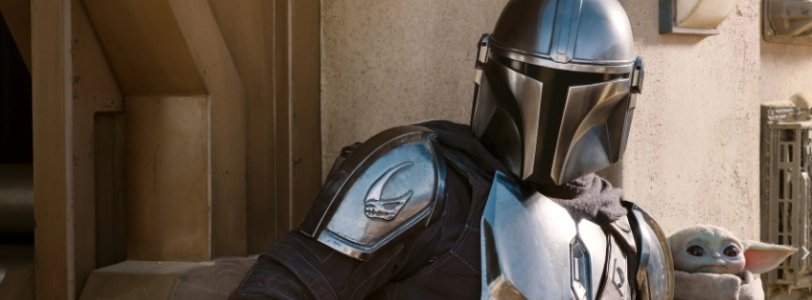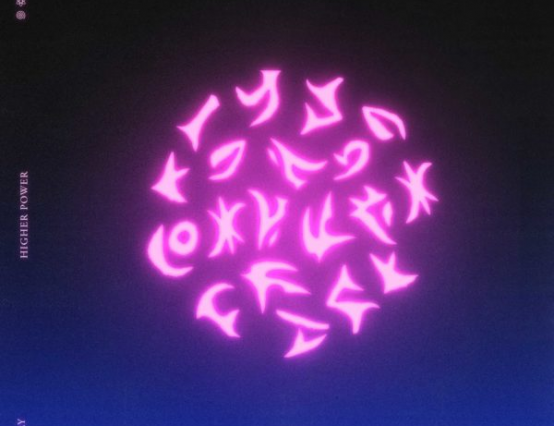Jokes about the Star Wars Prequel Trilogy are as old as the films themselves. Since the release of The Phantom Menace in 1999, critics and fans of the Original Trilogy alike have lambasted the movies for their over-reliance on premature digital technologies, lacklustre dialogue, and characters as muted as the Original Trilogy’s were colourful. While the prospect of a young Darth Vader and Obi-Wan seemed cool on paper, the duo – complemented by Padmé Amidala, a more passive lead than the iconic Princess Organa of yore – didn’t have quite the same chemistry as Luke, Han and Leia, their relationships often feeling (ahem) forced, their interactions awkward.
The storyline didn’t help either. Each of the three Prequel films felt like a shroud loosely wrapped around an assortment of bare-bone scenes, with too many events occurring simultaneously to give a clear sense of narrative structure. The Phantom Menace’s infamous focus on trade disputes may have been exaggerated by critics (these disputes set up that movie’s action just as the annihilation of the old Senate did 1977’s A New Hope), but its deep exploration of politics certainly didn’t do any favours for a film already suffering from poor pacing.
Attack Of The Clones (2002) was messier still, an awkward romance shoved alongside a tangential side-quest that seemed more like fan service than a vital story needing to be told. And while Revenge Of The Sith (2005) went some way to redeem the Trilogy, providing some old-school Star Wars action thrills whilst expanding the series’ mythos after the stale Attack Of The Clones, many fans were still left feeling disappointed. Some even suggested that a Trilogy exploring the mysterious ‘Clone Wars’ alluded to as early as A New Hope would have been more entertaining than this disjointed mess. And while Attack Of The Clones tracks the start of this epochal conflict, its events are more or less glossed over, as Revenge Of The Sith picks up just as the war is drawing to a close.
But Star Wars creator and pop culture legend George Lucas wasn’t quite ready to walk away from his galaxy far, far away after the release of Revenge Of The Sith, and was determined to give fans one last classic before bowing out of the franchise for good.
Just three years after Revenge Of The Sith brought the Star Wars story full circle by setting up the events of A New Hope, The Clone Wars movie was released in 2008 – albeit with a thud, rather than thunder. This poorly-animated movie disappointed many long-term fans and was lambasted by critics. Instead of actually telling the story of the Clone Wars, it dealt with an insignificant incident and ended up feeling more like a footnote to Star Wars’ history than an integral part of the franchise. Audiences would be forgiven for not predicting that this mis-step would launch Star Wars’ most beloved sub-series to date.
Indeed, that lacklustre 2008 movie was never intended to be a standalone story. Rather, it was pieced together from the several opening episodes of a brand-new Clone Wars show, developed by Lucas alongside Henry Gilroy and Dave Filoni.
While the initial seasons of the show didn’t fare much better than what was essentially a feature-length trailer in the form of a movie, the storyline became darker as the series progressed, maturing with its audience and developing into a stellar example of serious animated media.
The Clone Wars series (2008-2014) has since been recognised as an integral part of the canon, so much so that almost a decade after unceremoniously cutting it short in the wake of their Lucasfilm acquisition, Disney revived the series in 2020 to give it the ending it deserved. Its final episodes reward long-time fans, expertly weaving the series’ characters and events into the wider narrative of Revenge Of The Sith. Even before this bombastic ending, however, the Clone Wars series had long been praised for retroactively improving on the franchise’s oft-maligned Prequel Trilogy.
Though justifying the existence of the Prequels was never The Clone Wars’ raison d’être, much has been said about how the series smooths over its inconsistencies and fleshes out its characters. Jar Jar Binks, more one-dimensional and cartoonish in the movies than he ever was here, becomes an integral part of the show, while Anakin’s turn to the Dark Side is granted greater subtlety than its portrayal in the films. By expanding considerably on the mythology of the Force, The Clone Wars even un-does some of the damage caused by the demystifying revelation of Midichlorians in The Phantom Menace.
Now, it seems that the writing team for The Mandalorian, Disney+’s flagship property and the first live-action Star Wars show, is taking a page out of The Clone Wars playbook, using the critically acclaimed live-action series to iron out some of the bumps of the Star Wars sequels.
After the initial excitement surrounding 2015’s The Force Awakens – which promised to be a return to form after the Prequel Trilogy – triggered Star Wars’ identity crisis, enthusiasm quickly began to taper towards Disney’s long-awaited Sequel Trilogy. The at first well-received Episode VII was fast lauded as a carbon copy of A New Hope, while the lack of a pre-planned narrative resulted in the contradictory storylines of The Last Jedi (2017) and The Rise Of Skywalker (2019), their directors seeming to use the movies as multi-million-dollar pawns in their battle over Star Wars’ identity. This saga of production difficulties, culminating in the axing of would-be-Episode IX-director Colin Trevorrow, resulted in a meta-textual Trilogy that ultimately seemed to care more about redefining what the franchise was than telling compelling stories.
Much like the Prequels, the Sequels also raised some interesting questions about the state of the galaxy post Return Of The Jedi. Why did Luke go into hiding after defeating the Emperor? How did The First Order take control of the galaxy only a couple of decades after the apparent destruction of the Empire? Who exactly was Snoke? These initially exciting questions became increasingly frustrating as fans began to realise they would never be answered by the films themselves, but rather in supplementary material usually only consumed by the most dedicated of fans.
Enter The Mandalorian.
Though the show’s staggeringly successful first season seemed to be a refreshingly insular affair, Season Two already promises to connect the series to the wider Star Wars franchise, filling in some pretty gaping plot holes in the process.
The shadows of the Empire are shown to loom large over the Galaxy as the show continues to tease revelations regarding the rise of The First Order, and reintroduces some much-loved legacy characters in the process. There’ll be no spoilers here, but Series Two has been teasing answers to some of the biggest questions raised by the latest three films in the Skywalker Saga, most notably regarding that surprise reappearance in The Rise of Skywalker.
While clearing up inconsistencies is commendable, The Mandalorian is doing so in an entertaining way, breathing new life into a franchise that has become increasingly stale since The Force Awakens. And with now-veteran Dave Filoni at the helm, there’s no reason to assume the show will get anything but greater as it goes on.
While The Mandalorian is currently beloved for its down-to-earth gritty space adventures, its strong sense of character and its episodic bursts (and who can forget Baby Yoda?), it seems that Disney is trying to have the show do for the Sequels what The Clone Wars did for the Prequels, and by doing so cement their Trilogy as a vital part of Star Wars lore - winning back some since-strayed fans in the process.









0 Comments